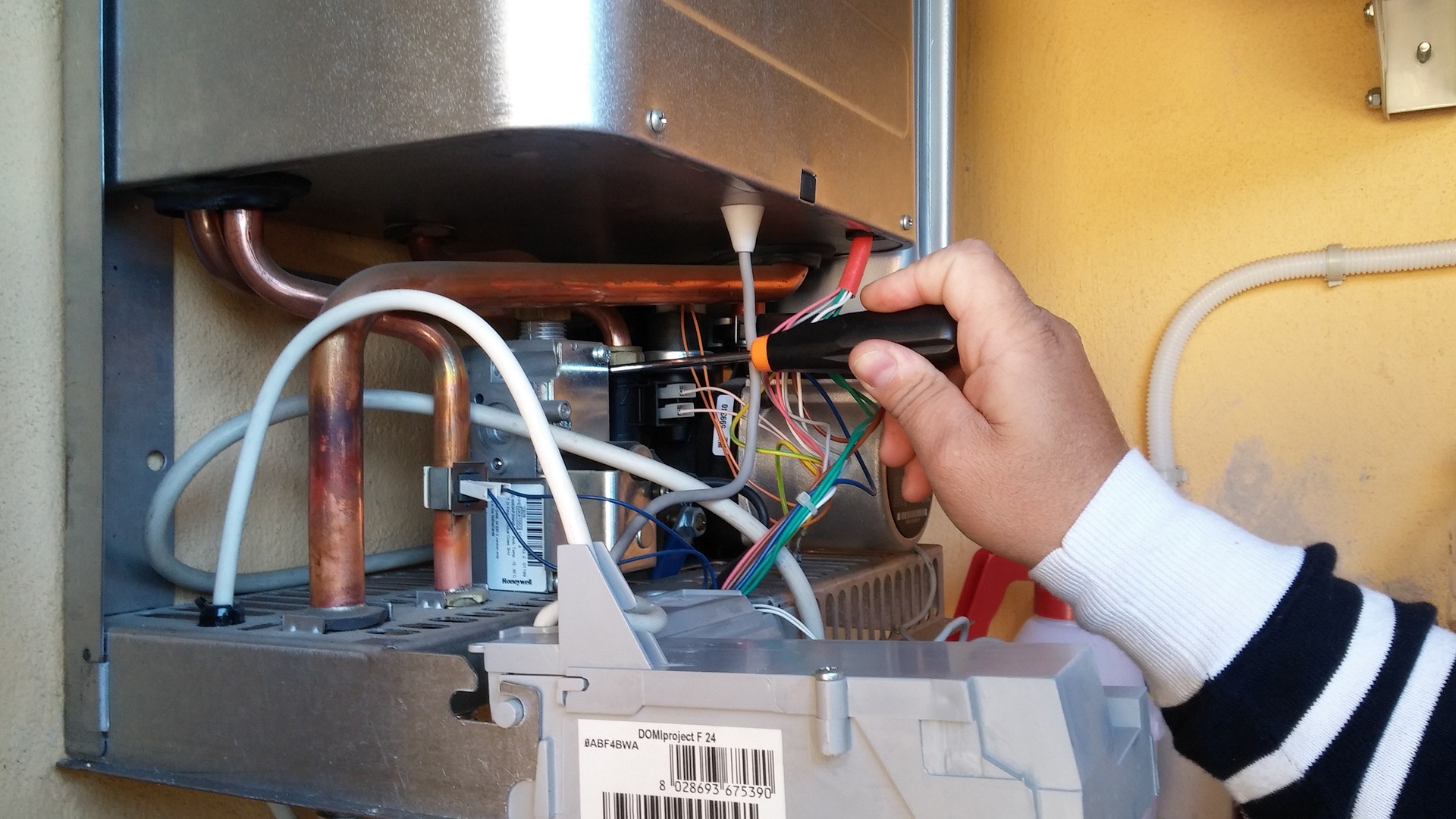The Intricacies and Evolution of the Internal Combustion Engine
Embark on a journey through the heart of your vehicle - the internal combustion engine. It's the linchpin of traditional motoring, a marvel of engineering that has powered our journeys for over a century. But what lies behind its constant hum and the occasional roar? Let's delve into its intricacies and evolution.

The Genesis of the Internal Combustion Engine
The internal combustion engine (ICE) is not a product of modern times. Its origins can be traced back to the 19th century when inventors like Étienne Lenoir and Nikolaus Otto developed the first functional prototypes. While their early versions were far from perfect, they laid the foundations for what would become the world’s primary power source for transportation.
Key Technological Milestones
Despite its age, the internal combustion engine has continually evolved, each technological leap forward enhancing its performance and efficiency. The four-stroke cycle, introduced by Otto, has been a constant, but developments like fuel injection, multi-valve design, and variable compression ratios have brought about significant improvements. These have not only increased power output but also reduced harmful emissions, making the ICE more environmentally friendly.
Current Industry Trends and Insights
Despite the rise of electric vehicles, the internal combustion engine is far from extinct. Manufacturers are constantly innovating, improving efficiency and reducing emissions to meet stringent environmental standards. One significant trend is the move towards downsizing, with smaller, turbocharged engines providing the same power as larger ones but with less fuel consumption and lower emissions.
The Impact of the ICE on the Automotive Landscape
The internal combustion engine has had a profound impact on the automotive industry and our society. It has powered our vehicles for over a century, enabling mobility and growth. However, it also presents challenges, particularly in terms of emissions and environmental impact. As we move towards a more sustainable future, the role and relevance of the ICE are being questioned.
The Future of the Internal Combustion Engine
Despite these challenges, the internal combustion engine is not likely to disappear overnight. Efforts to improve its efficiency and reduce its environmental impact continue, and alternative fuels like hydrogen and biofuels offer new possibilities. While it’s clear that electric vehicles will play a significant role in our future, the internal combustion engine, in one form or another, is likely to remain a part of our automotive landscape for some time to come.
In conclusion, the internal combustion engine is a testament to human ingenuity and resilience. Its evolution reflects our desire to explore, improve, and adapt. As we stand on the brink of a new era of mobility, it’s fascinating to look back on the humble engine that powered us so far and consider how it might continue to shape our journeys in the future.




